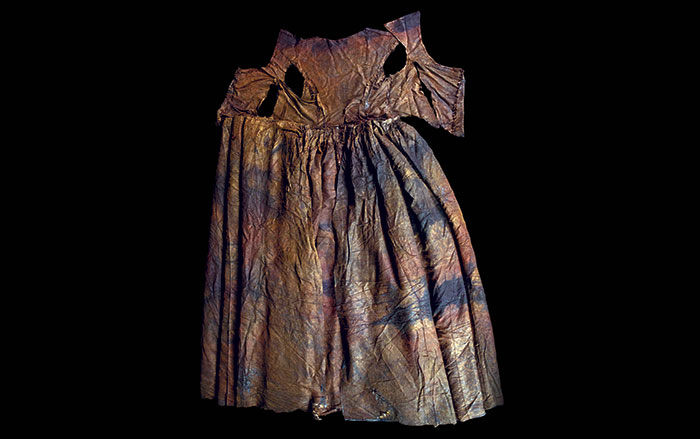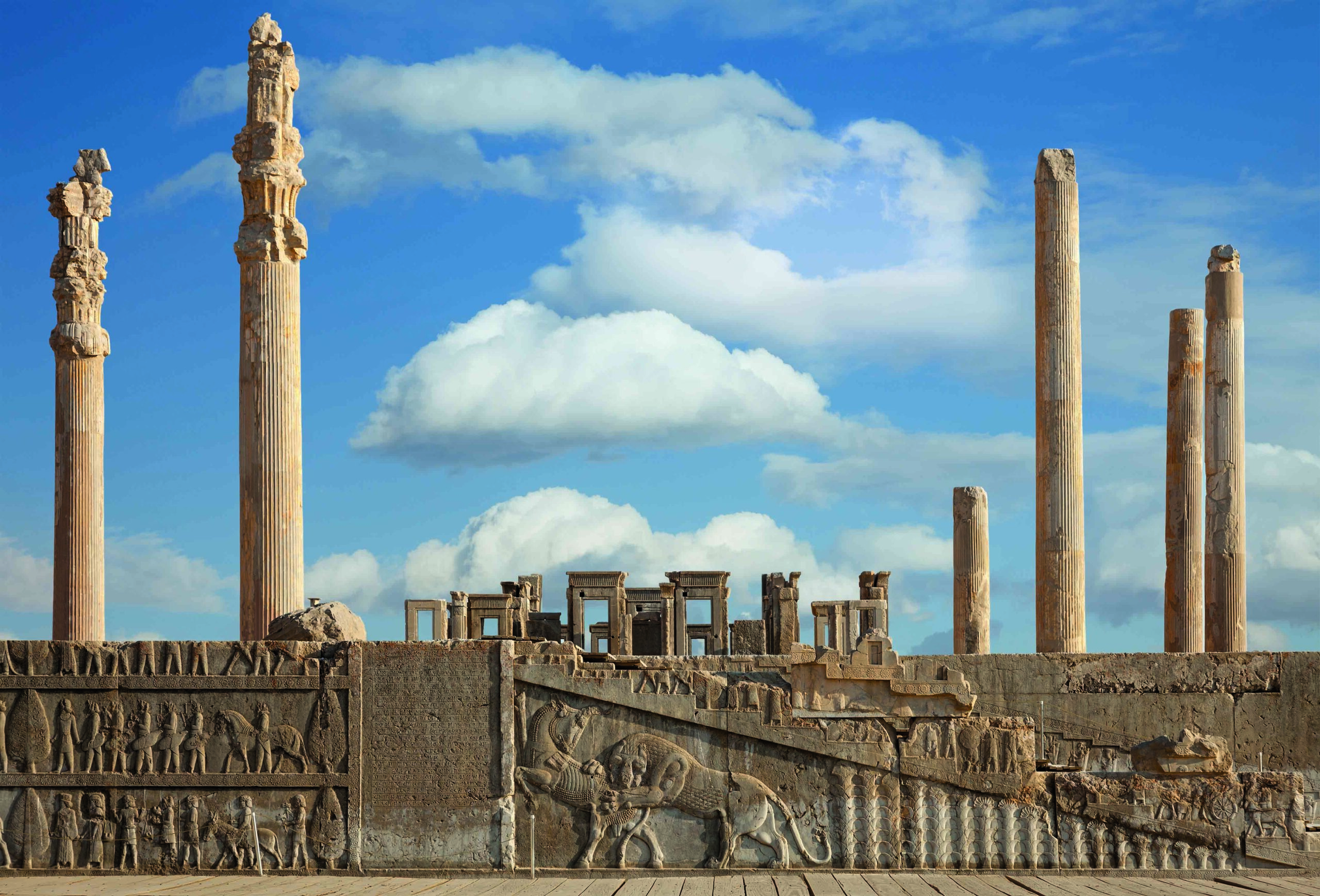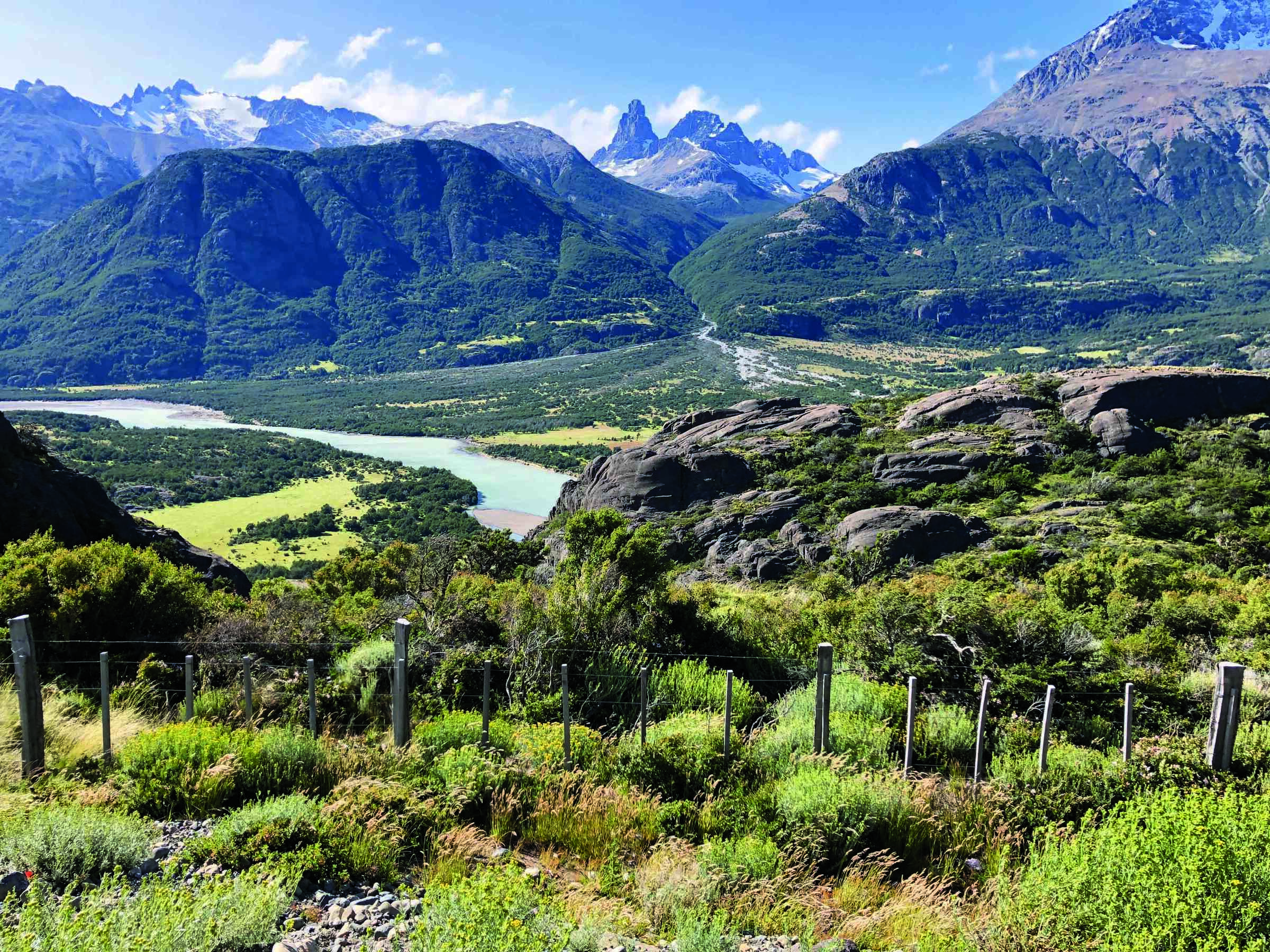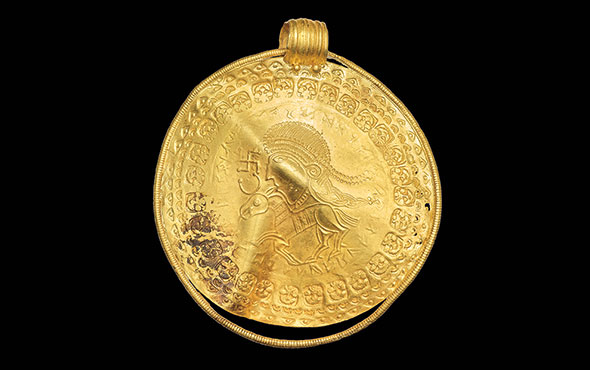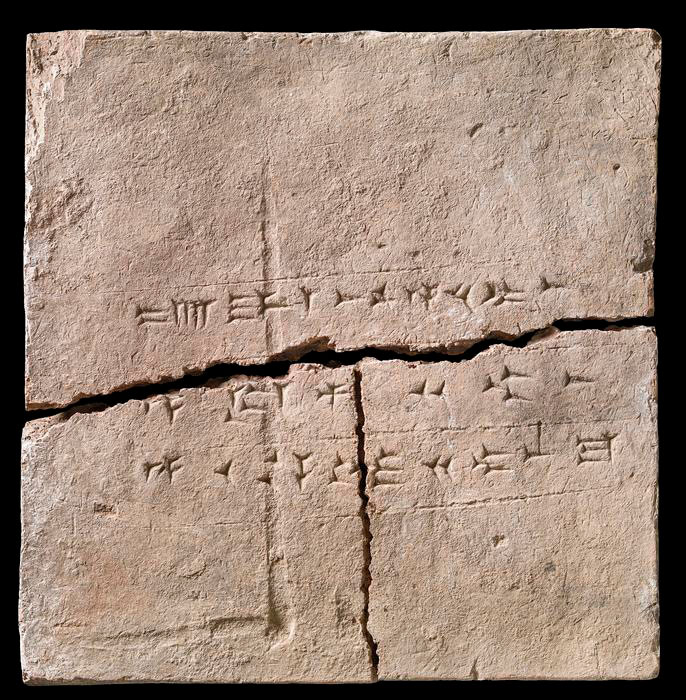
OXFORD, ENGLAND—An interdisciplinary team of researchers has successfully extracted plant DNA for the first time from a 2,900-year-old clay brick, according to a statement released by the University of Oxford. The sun-dried mudbrick, which is in the collections of the National Museum of Denmark, was excavated in 1949 from a palace in northern Iraq's ancient city of Nimrud that was built beginning in 879 B.C. by the king Ashurnasirpal II, who ruled the Neo-Assyrian Empire from 883 to 859 B.C. A cuneiform inscription written in Akkadian identifies the brick as "The property of the palace of Ashurnasirpal, king of Assyria." Using a method previously employed for porous materials such as bone, the researchers extracted and sequenced DNA samples from the brick's inner core. They identified 34 distinct plant families, including cabbage, heather, birch, laurels, and cultivated grasses, and compared these with Assyrian plant descriptions as well as present-day botanical records. University of Copenhagen Assyriologist Troels Arbøll said that these results offer a glimpse into the ancient biodiversity of the region and could allow researchers to quantify modern biodiversity loss. Read the original scholarly article about this research in Scientific Reports. To read about cuneiform letters written by Neo-Assyrian scholars, go to "Ancient Academia."







